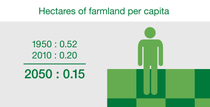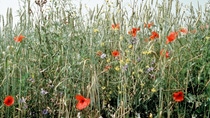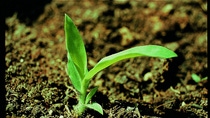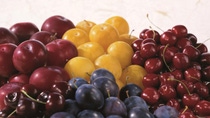Agriculture
Benefits In The Field
Glufosinate-ammonium’s distinguishing chemistry enables a substantial increase in yields and offers significant agricultural advantages. Compared to alternative herbicides, Glufosinate-ammonium controls weeds without affecting the root system of the protected crops. Its broad spectrum weed control properties reduce the need for tillage and for multiple applications of selective herbicides. This minimizes erosion of the top layer of soil and helps reduce costs associated with mechanical labor and fuel use. Glufosinate-ammonium helps preserve water and biodiversity on the farm.

Minimizing potential risks, and maximizing the productivity
Glufosinate-ammonium does not lead to the loss of biodiversity if farmers use a balanced approach to pest management, which relies on a combination of various cultivation practices or the rotation of crops and the use of crop protection products. Reading the product label instructions and applying best agricultural practices help farmers preserve useful insects, pollinators and birds on their land. The use of specific application technologies – such as drift-reducing nozzles and spray shields – help further ensure responsible application of the product in the field.

Did you know?
- Without herbicides net farm margins would fall by up to 40% due to the increased number of treatments, working time, labor costs and equipment, according to a recent French study.1
- Glufosinate-ammonium effectively controls weeds around the crops and helps farmers produce better and more abundant harvests. If farmers manage to improve yields per acre, maximizing productivity, there will be no need to convert precious land rich in biodiversity to agricultural fields.
- World farmland is limited and is difficult to expand further. In 1950, there was 0.52 hectares of farmland per capita, while in 2010, it shrank to 0.20 per capita.







